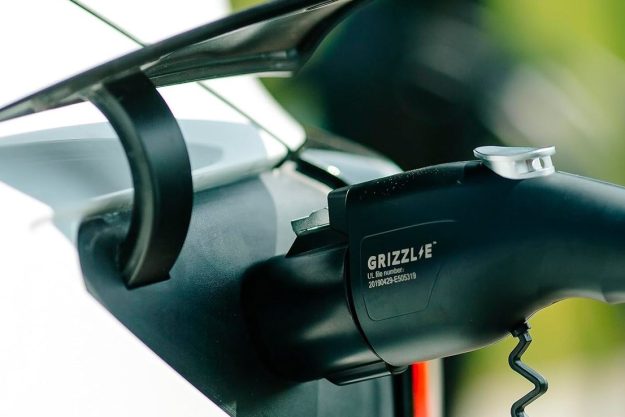Henrik Fisker may have cut ties with his namesake car company, Fisker Automotive, but he’s still one of the most talented designers in the business, and isn’t letting that talent go to waste.
He teamed up with Galpin Auto Sports to create what has been dubbed the “ultimate American muscle car,” which debuted this week at the 2014 Los Angeles Auto Show.
If you’re going to build the ultimate muscle car, the 2015 Ford Mustang is as good a place to start as any. Fisker and Galpin say they’ve literally turned it into a road-going rocket.
Christened the Galpin Rocket, the Mustang was transformed with wider fenders housing 21-inch wheels, an imposing hexagonal grille, and functional aerodynamic elements that include a rear spoiler and front splitter.
The Rocket definitely looks like it’s ready to take off, even if that grille looks a bit like a Chevy Sonic’s.
To give the Rocket some serious thrust, Galpin tuned the stock 5.0-liter V8 up to 725 horsepower. Take that, Hellcat.
Going from selling extended-range electric luxury sedans to designing a powerful muscle car car like this might seem like a big leap, but it turns out Fisker and Galpin go way back.
In addition to running a massive Ford dealership and customization business, Galpin is also a major dealer for Aston Martin, where Fisker used to work.
He was introduced to Galpin during his employment with the British carmaker, whose DB9 and Vantage models he helped craft.
Between working for established car companies and starting Fisker Automotive, Henrik Fisker also ran Fisker Coachbuild, which made restyled version BMW and Mercedes-Benz luxury cars. So changing the look of the new Mustang is actually a return to form.
We’ll see what else Fisker’s pen can produce in the years to come, but for now the Galpin Rocket will be available in limited numbers from Galpin itself and some hand-picked dealers, with deliveries set to begin next year.
(Images courtesy of Galpin Auto Sports)
Editors' Recommendations
- Ford Mustang vs. Ford Mustang Mach E
- The 2020 Ford Mustang Shelby GT500 thunders into the muscle car ring with 760 hp


